Print no border
Questioning the nature of boundaries via printmaking practice
As borders gradually open up once again the consequences of the first two years of the Covid-19 pandemic are casting light on the renewed importance of regional and national borders. This is also true of European national borders – which had already been tested by the intensification of migratory flows and populist impulses – now in the process of becoming unwilling symbols of the restrictions ushered in by the pandemic. Closed for months, or at the very least made difficult to get through by health-inspired restrictions, the internal EU national borders which European peoples were coming to think of as a thing of the past were, quite suddenly, extremely concrete once again. It is a process which has dramatically been brought even more to the fore by the tragedy of war in the Ukraine. From the starting point of these premises, the Print no border project explores the border and frontier concepts via xylography practice, juxtaposing, stratifying and comparing the geographical representation of boundaries with images borrowed from nature and the man-made elements which boundaries cut through.
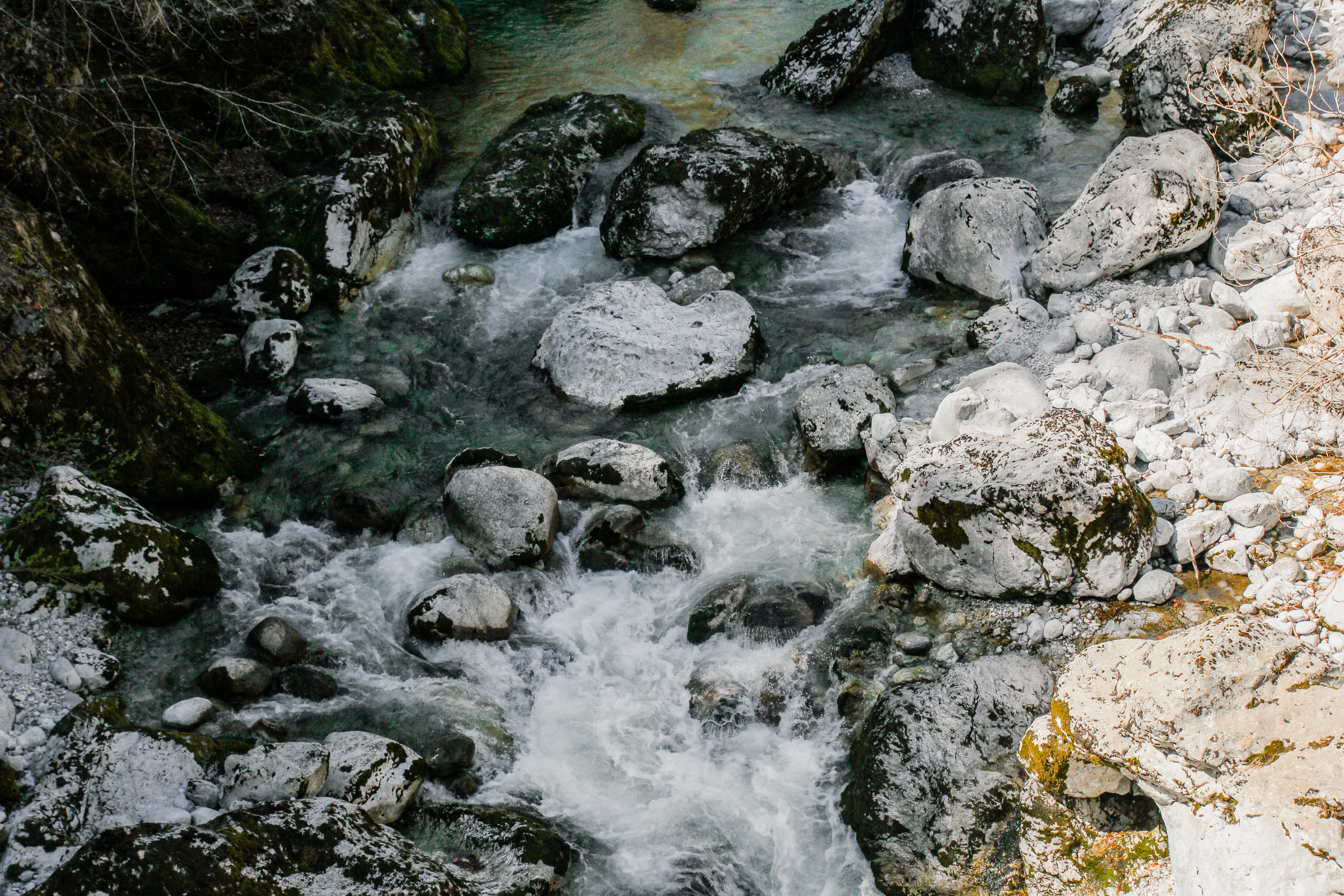
Boundaries and frontiers
Some languages tend to downplay the difference in meaning, but it is one which is worth underlining. It is a question which was posed back in 1959 by geographer Ladis K.D. Kristof (1959, pp. 269-82): what is the difference between frontiers and boundaries? ‘Boundaries denote an internal or external line which is not to be crossed while frontiers conjure up the idea that there is a place in which two diversities ‘face one another’, answers Italian anthropologist Franco La Cecla (1997, pp.132-135), stressing that the difference between the Italian ‘confine’ and ‘frontiera’ is weaker than, for example, that between the English words ‘border’ and ‘frontier’. In the hope that the future holds increasingly fewer boundaries and more and more frontiers – with the latter understood as places in which two or more cultures can act as reciprocal filters and places for discussion rather than conflict, especially from the standpoint of a Europe based precisely on variety and wealth of difference – La Cecla applies a concept close to his heart, that of misunderstanding, to the frontier concept. For him misunderstanding is not simply the opposite of understanding. It is actually comprehensible only if the time variable is brought in as a crucial element if otherness is to be cut through and understood.
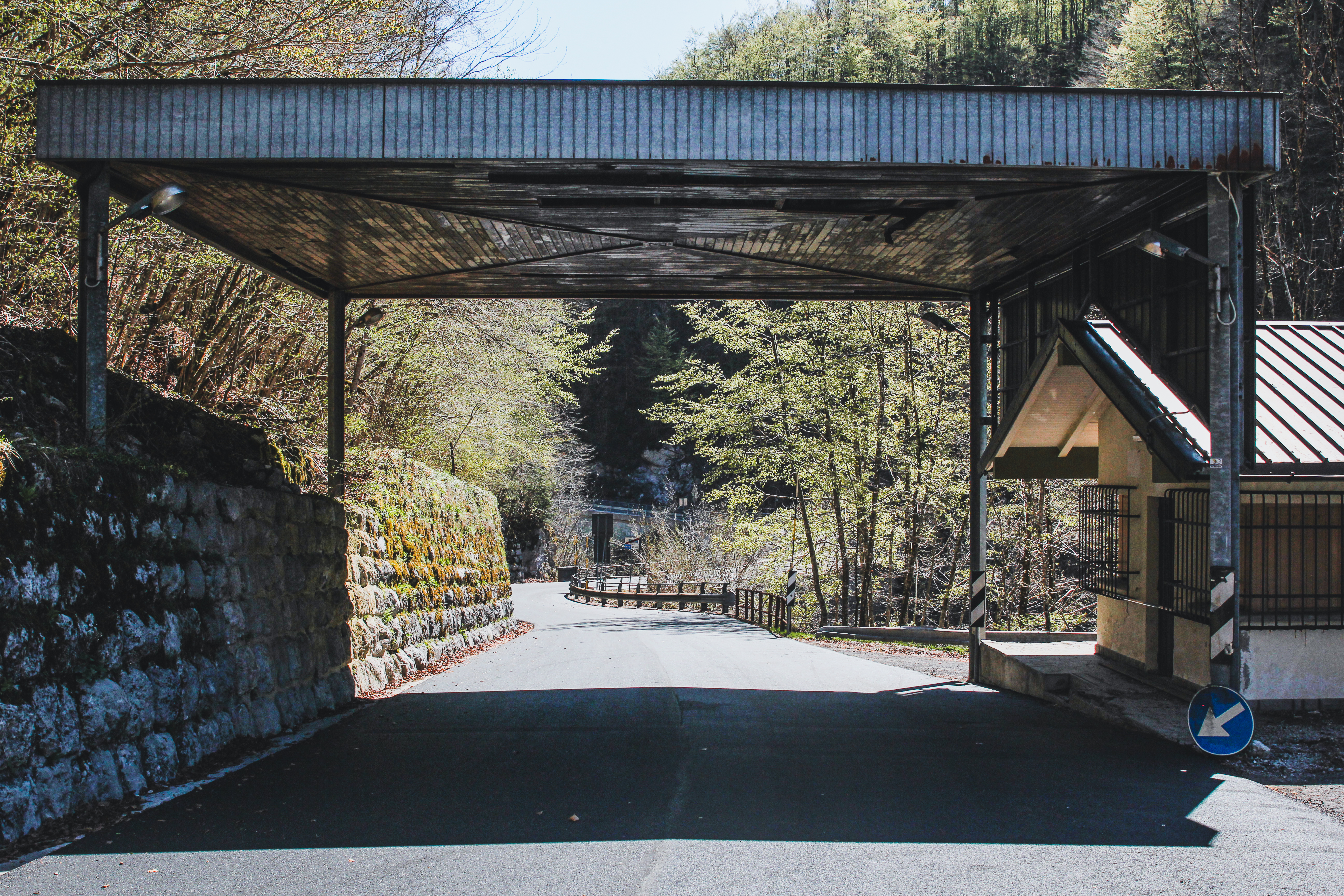
Are frontiers natural or artificial?
Italian anthropologist Marco Aime (2018, pp. 12-19) asks himself whether it is boundaries which generate diversity or the reverse, i.e. diversity which leads to boundaries. It is a question which lays the foundations for thinking around the natural or artificial nature of boundaries. In an international law sense frontiers have primarily been generated through war. Even frontiers which are often seen as ‘natural’ are the outcome of man-made processes. Bruno Tertrais and Delphine Papin (2018, pp. 20-23), authors of the volume Atlante delle frontiere, have mapped out 750 world frontiers, one hundred or so in the European continent alone. For them 55% of the world’s total frontiers have been considered ‘natural’ with the other 45% being considered artificial. The criteria on which the naturalness of frontiers has been determined over the centuries has, however, primarily been their ‘defensibility’. The ways in which a boundary can be defined as natural are ambiguous and controversial. For example, in the case of a mountain chain, is it more opportune to consider the ridge line or the waterline? Where rivers are concerned, should it be the banks, halfway across or the talweg? And what happens when rivers change course? It is an issue which has been instrumentalised many times throughout Italian history, bringing the Alpine chain into a narrative which obliged it to act as a ‘natural’ boundary line. Great Italian geographer Claudio Cerreti (cited in Rossi, p. 26) speaks of ‘ambiguity’ when a natural element such as a river is forced into a narrow line to ensure that it corresponds to a boundary line when rivers are actually to be defined by their beds or their hydrographic basins. In the same way boundary lines which run along mountain chain ridge lines have nothing real about them in actual fact but are none other than ‘straight-line segments lasting a few kilometres and stretching from one stake post to another’. ‘In actual fact all borders are artificial because they are the work of human beings’, say Tertrais and Papin (2018, p. 23), shifting their attention from boundary lines to space, observing the way that cross-frontier regions are inherently places of exchange, trade, movements and migrations, some of it everyday, such as cross-frontier workers for example. Frontiers are thus as much spaces as they are lines, both fabrics and routes, by nature porous and permeable.
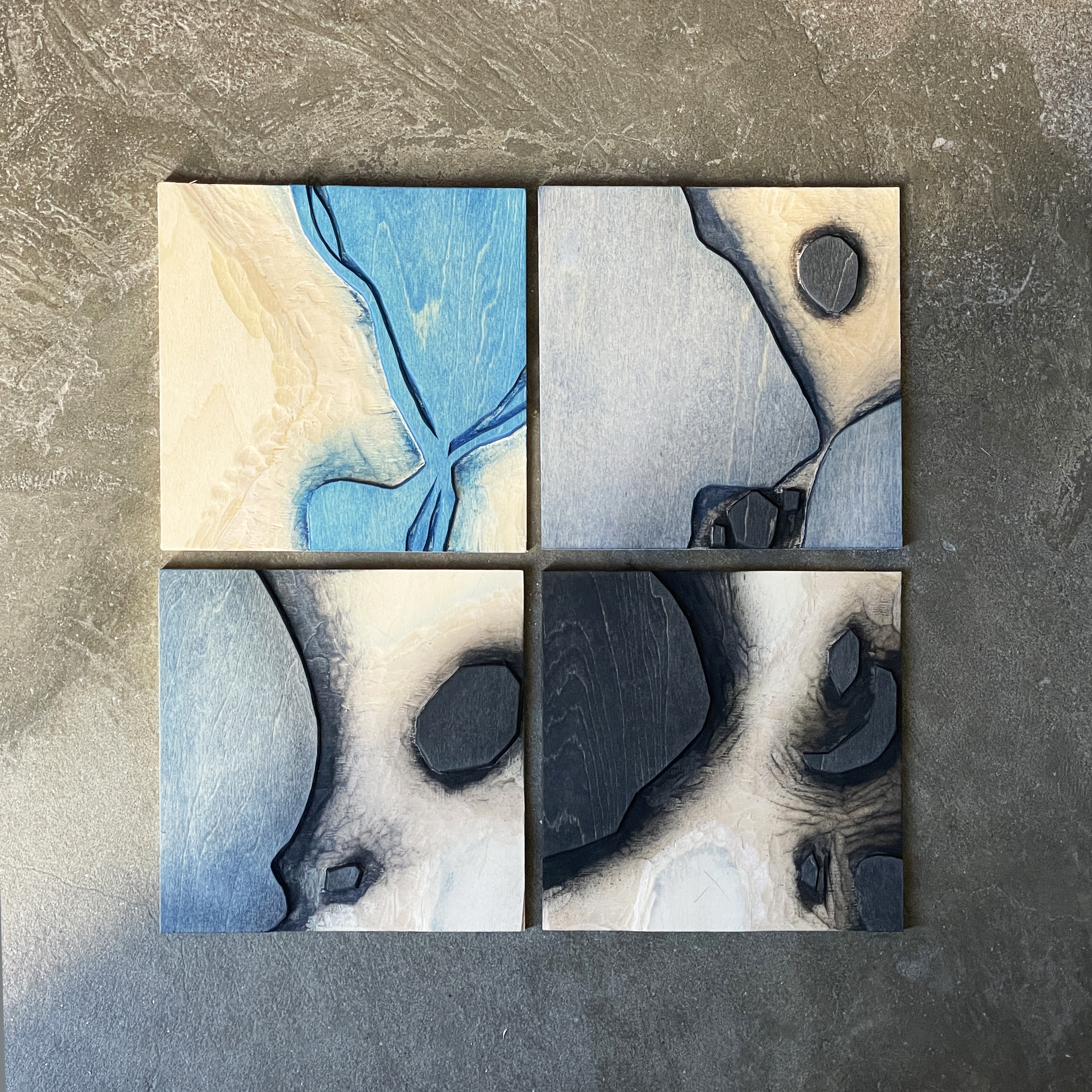
What does drawing up a boundary line mean?
Depicting boundaries has a very long history whose roots are frequently dated back to the Babylonian Mappa Mundi, to Ptolemy’s Geography by way of now iconic artefacts such as Tabula Peutingeriana (proto travel guide), the Renaissance Mappa di Fra Mauro, portolan charts and the atlas tradition probably set in motion by Mercator himself, by way of Blau’s Atlas Maior to 20th century atlases. An important point in any assessment of the way maps are drawn is the focus of Tim Ingold’s essays devoted to the power of the line in which he distinguishes between ‘designed’ maps and cartographic maps (2016, p. 85). The former are both part and outcome of the action they perform while the latter are ‘connectors joining up points’. The former have a narrative, gestural, dialectic, even performance, dimension while the latter are designed to divide up, separate an inside from and an outside, defining occupation rather than habitation. The former evolve from actions and are designed along a route while the latter are designed by way of surfaces as connectors or – more sadly – dividers.

Scales, maps, deformation
“Mein Herr looked so thoroughly bewildered that I thought it best to change the subject. What a useful thing a pocket-map is!" I remarked. “That’s another thing we’ve learned from your Nation,” said Mein Herr, “map-making. But we’ve carried it much further than you. What do you consider the largest map that would be really useful?” “About six inches to the mile.” “Only six inches!” exclaimed Mein Herr. “We very soon got to six yards to the mile. Then we tried a hundred yards to the mile. And then came the grandest idea of all! We actually made a map of the country, on the scale of a mile to the mile!” “Have you used it much?” I enquired. “It has never been spread out, yet,” said Mein Herr: “the farmers objected: they said it would cover the whole country, and shut out the sunlight! So we now use the country itself, as its own map, and I assure you it does nearly as well.” (Carroll, 1893). This is a famous passage from Sylvie and Bruno, Lewis Carroll’s last novel which brings up the map scale theme, a subject taken up on multiple occasions by Borges and Calvino too. It introduces the loss-of-information dilemma in the choice of scale. Charles and Ray Eames made a similar point in their Powers of Ten short documentary which came out in two versions dating to 1968 and 1977 in which these celebrated designers reflected on measuring the real and the proportions of the universe, showing progressively larger or smaller scale representations on the basis of scale-of-10-based enlargements and reductions. From a blanket stretched out in a Chicago park to the dizzying heights of the universe, to the infinitesimal details of human cells under a microscope. Simon Garfield (2012, p. 128) summed this up in his On the Map: geographical maps are not simply geographical maps but also projections of the world, models for other maps. And in a way all maps are wrong because they are all products of a projection process. The defects of the Mercator projection are now well-known, although it is still the most widely used model. If on one hand the Mercator projection was capable of maintaining the shape of the continents (and thus allowed seafarers to plot straight-line routes, the grounds for its huge success), on the other hand it betrays their dimensions, offering up an imperialist representation of the world. A great many later models have been put forward including the Gall-Peters and Winkel-Tripel models but the Mercator projection is still the cornerstone of the Google maps service and others of the same type.
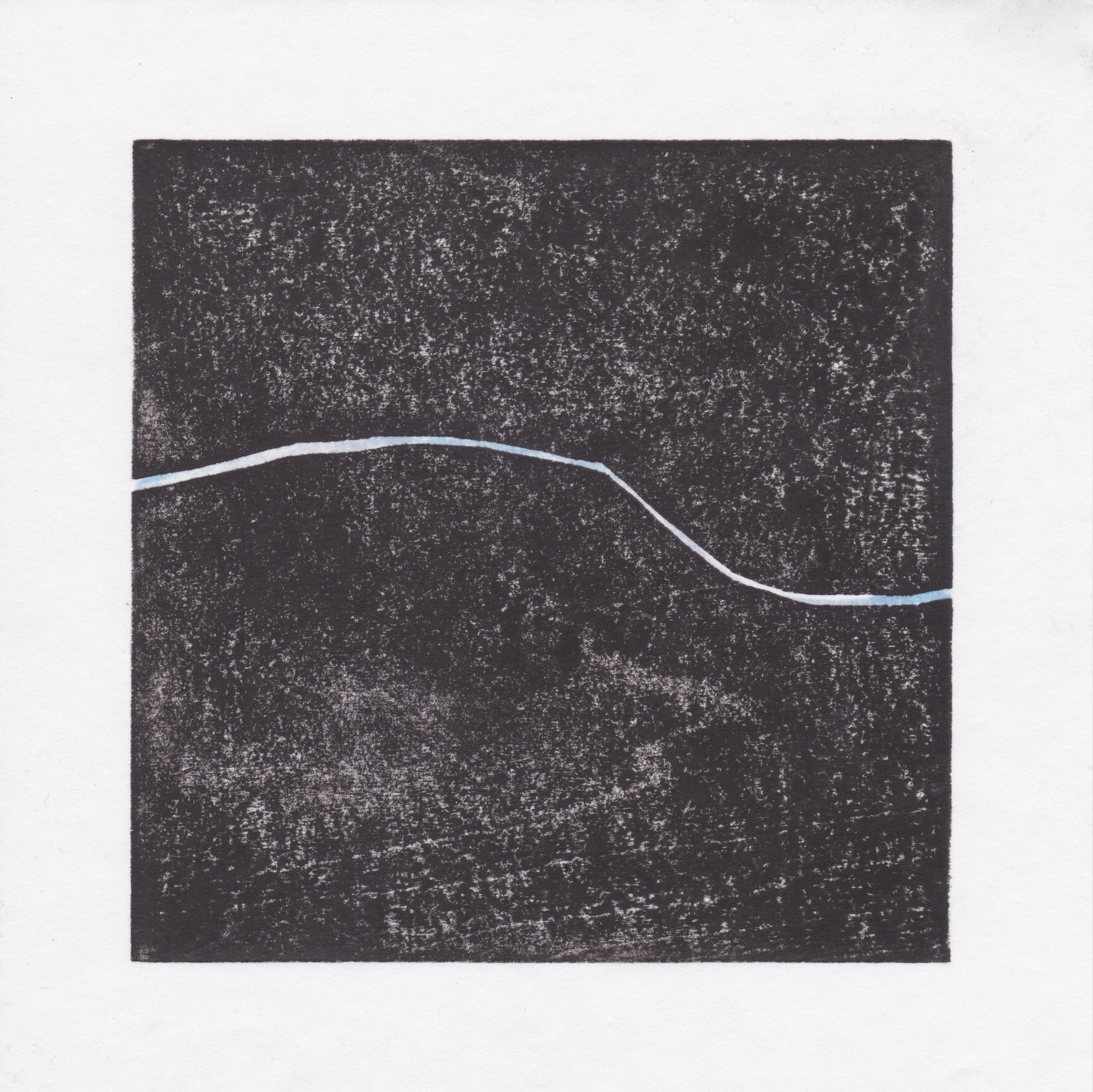
Sources and inspiration
A great many artists have explored map representations. The entire professional career of Indian artist and printmaker Zarina Hashmi (1937-2020) focused on the exile theme and the representation of boundaries and home, from the starting point of the ultra-powerful Dividing Line (2001) in which a simple line cuts through and wounds a sheet of paper in reference to the division between India and Pakistan in 1947. Line width and quality conjure up violence, pain and separation and can be decodified on the basis of a knowledge and understanding of the artist’s life story in which concepts of otherness and exile find expression in the practices of incision and elimination, exploiting intimate or global scale cartographic views such as in the Home is a foreign place (1999) and Atlas of my world (2001) series. In his Atlante Italian photographer Luigi Ghirri (1943-1992) takes photographs of maps, deconstructing the very concept of cartography with ultra-close-up prints of maps which dispel and break down textures designed to represent territories, surfaces, roads, lakes and seas, turning a journey through space into a journey through signs, giving what were, for Jacques Bertin, visual components and variables in cartographic representation a new rarefied meaning.
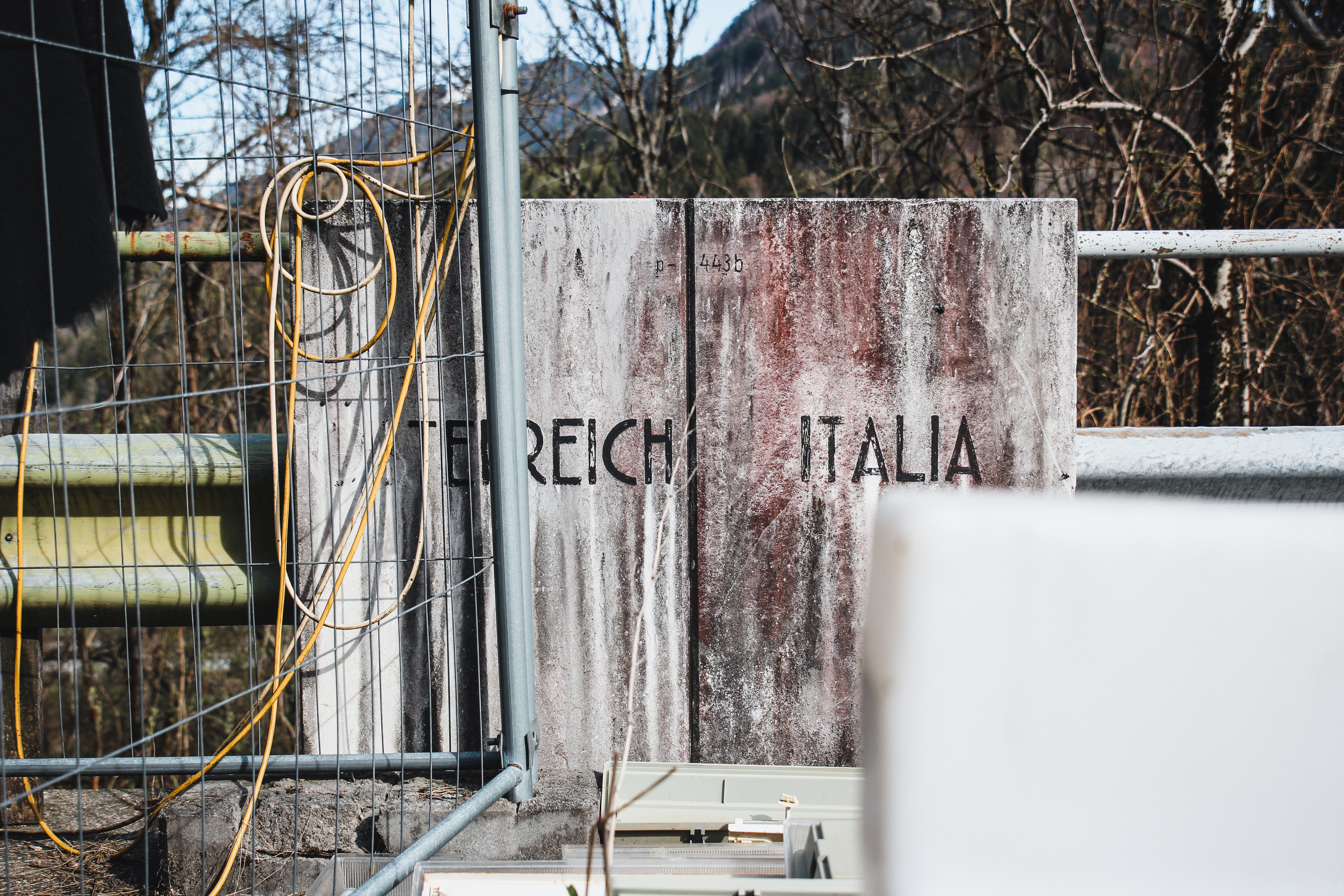
Print no border
In physical terms we might say that frontiers do not exist. Whether they are imaginary objects, man-made abstractions, realities which exist primarily to the extent that they are represented, in both territorial and cartographic terms but whose drawing up has tangible, sometimes terrifying consequences. Very little about borders is real, as Domenico Luciani noted in his Massimo Rossi interview: ‘imagining, outlining, adding, subtracting signs of changes to maps is like adding a new stratum on top of all the strata built up by a place over time.’ (Luciani, cited in Rossi, 2016, pp. 127-128) On the other hand, representing borders makes them real. But what does that line on a sheet of paper, that sequence of pixels on a screen really correspond to? Print no border reflects on the meaning of boundaries and frontiers from the starting point of their geographical representation. Cartography lines – whether they are paper or digital – actually cut across land, fields, rivers, seas, concrete, water, stones, rocks, grass, trees.

Where: the Italy-Slovenia-Austria three borders area
The area chosen for the first implementation of the project’s methodology covers a handful of valleys in the intersection between Italy, Slovenia and Austria.
The town of Resia (Resije in Resiano, Rezija in Slovene, Rèsie in Friulana language), in particular, located in the Alpine valley of the same name in the Alpi Giulie and bordering on two Slovenian towns (Kobarid and Bovec) and no more than 20 kilometres from the Austrian border, is one of the project’s starting points. The town’s five hamlets (Gniva, Oseacco, Prato, San Giorgio, Stolvizza) are scattered across a valley whose primary characteristic is the fact that the border corresponds to a mountain massif which comprises Monte Canin. Its southernmost boundary, marking the Italy-Slovenia border, runs along Rio Uccea, a water course surrounded by shrubby vegetation mainly made up of spruce and beech trees. Its folklore and traditions – Slavic in origin, deeply felt and still observed by the valley’s people – are a fully-fledged part of the project narrative.
The upper Friuli area is a polyglot one in which the Italian, Friulana, Slovenian and German languages are spoken, together with dialects of these, with their language status being a deeply felt issue around which policies designed to safeguard, promote and teach the area’s linguistic heritage have emerged from demands which began, at times with some difficulty, to strike a chord in local and community policies only in the second half of the 1920s.
Officially quadrilingual, until World War One Val Canale (Val Cjanâl in the Friulana language, Kanalska dolina in Slovene, Kanaltal in German) was part of the Austro-Hungarian empire and annexed to Italy in 1919. For centuries the main language was German, accompanied by Slovene language minority groups, and it is now unique in Europe for the co-existence and contemporary use of languages belonging to three language families: Latin, German and Slavic.
These are landscapes permeated with toponyms in multiple languages, villages, rivers and hills existing simultaneously in a range of languages. Multilingualism as a vision and identity filter.
They are lands whose maps have, over the decades, expressed a zeitgeist, a cultural feeling, with differences which conjure up not only the outcomes of wars and politics but also changes in cultural thinking just a few years later.
Early twentieth century and inter-war maps of the Alps in general, and the Alpi Giulie in particular, reflect these changes in thinking, passing through national unification emphasis, moments of uncertain attribution of bilingual zones and changes in borders in accordance with wartime developments.

How: iconography, methodology, transmediality
In methodological terms, all the prints are inspired by the boundary lines drawn between two nations. Boundaries such as these, as shown on digital maps, are reinterpreted and transformed in expressive ways and measured up – even juxtaposed – to the representation of patterns, fragments and marks deriving both from satellite images and photographs and images, often of nature, collected during surveys of the various locations. The project focuses on boundaries-frontiers seen through a range of filters both physical and cultural responding to line-joining-up-points rigour generating an emotional cartography which starts from physical representation, cites the reproduction scale and then uncouples from the recognisable atlas to generate an emotional one. Borders are narrated when various objects, materials and places take periodic physical shape. Ice, land, roads. Water, as in the case of boundary lines running through the Uccea stream. But also frontiers whose height changes are designed to straddle high ground such as Monte Forno, a point at which three boundary lines intersect. These are boundaries which echo the political and economic divisions of the twentieth century and are still marked on the ground with now unused and abandoned checkpoints or boundary stones hidden in the undergrowth, rubble, fences marking maintenance areas. They then dematerialise once again into language frontiers exploring toponyms expressed in multiple languages. At this point the visual cartographic variables exit maps to become textures, fabrics, fill-ins, just as lines open up and turn into areas and territories. In this sense the potential offered by printmaking, proceeding in levels, becomes significant also in restoring the stratification of the various languages and offering up a transparency process. The technique chosen is Japanese mokuhanga printmaking which uses natural materials – wood and water – both in generating the matrix and in the inking process. Manual engraving devoted to the more expressive actions is juxtaposed to laser engraving for the more repetitive structures and grids, mixing up manual methods with digital manufacturing. The scale theme comes in every time reference is made to boundary lines which take overt form in the scale in which it is represented, measured and juxtaposed to the dimensions and organic forms of the natural elements.
The project as a whole is structured around square proportion matrices and identical sizes. This makes it possible to combine all the graphics developed in a modular way, making the decision to structure the visual information in strata structural and not only expressive. The inspiration behind this decision is, on one hand, an observation of the network structure of the cartographic projections and, on the other, the structure of the atlases themselves, with enlarged portions relating to overviews. On the other hand, it conjures up the contemporary use of maps in screens and windows and thus within rectangular forms which pervade our digital interface with the devices we use.
The observation of natural elements translates into a practice in which the graphics developed for printing pass from photographic surveying to the elaboration and design of organic forms. While observing the existing cartography evolves into an attempt to over enlarge these, taking the textures characteristic of choropleth viewing to an out-of-scale dimension and making them centre-stage players.
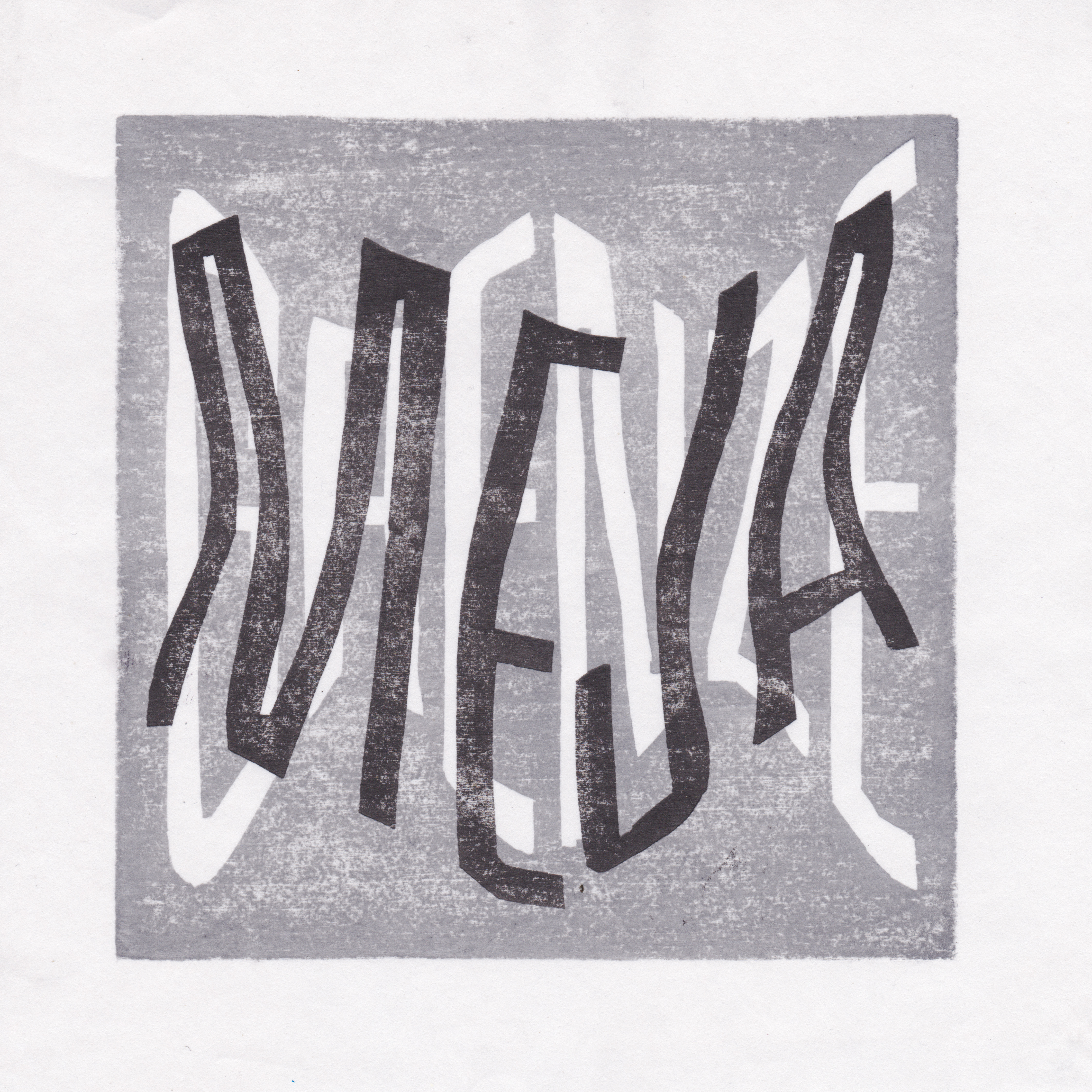
The linguistic frontier theme – or rather plurilingualism – is developed via the elaboration of a series of printing compositions which stratify a single concept into multiple languages. Printing, in particular, is first composed and then deformed and distorted with the tools of vectorial design along fluid trajectories capable of resembling the non-linear trajectory of natural elements. Arranged on various matrices, these are printed with stratifications, transparencies, overlaps and misalignments highlighted.
Print no border is a transmedia experience which interweaves multiple media languages. The analogue results of the printing process are generated via a combination of digital tools. The base process involves extracting the border lines from digital archives. Drawn from Open Street maps these lines are elaborated using Qgis software isolating and filtering the various information levels to the extent of isolating the minimum lines which render borders still recognisable in their context, both physical and abstract. The process as a whole is narrated via a website (https://www.printnoborder.com/) which intersects cartographic visualisations with audio-visual narratives inviting visitors to compare borders with prints in an attempt to generate a small, intimate personal atlas of the area enquired into, an intimate diary of a journey along the margins.
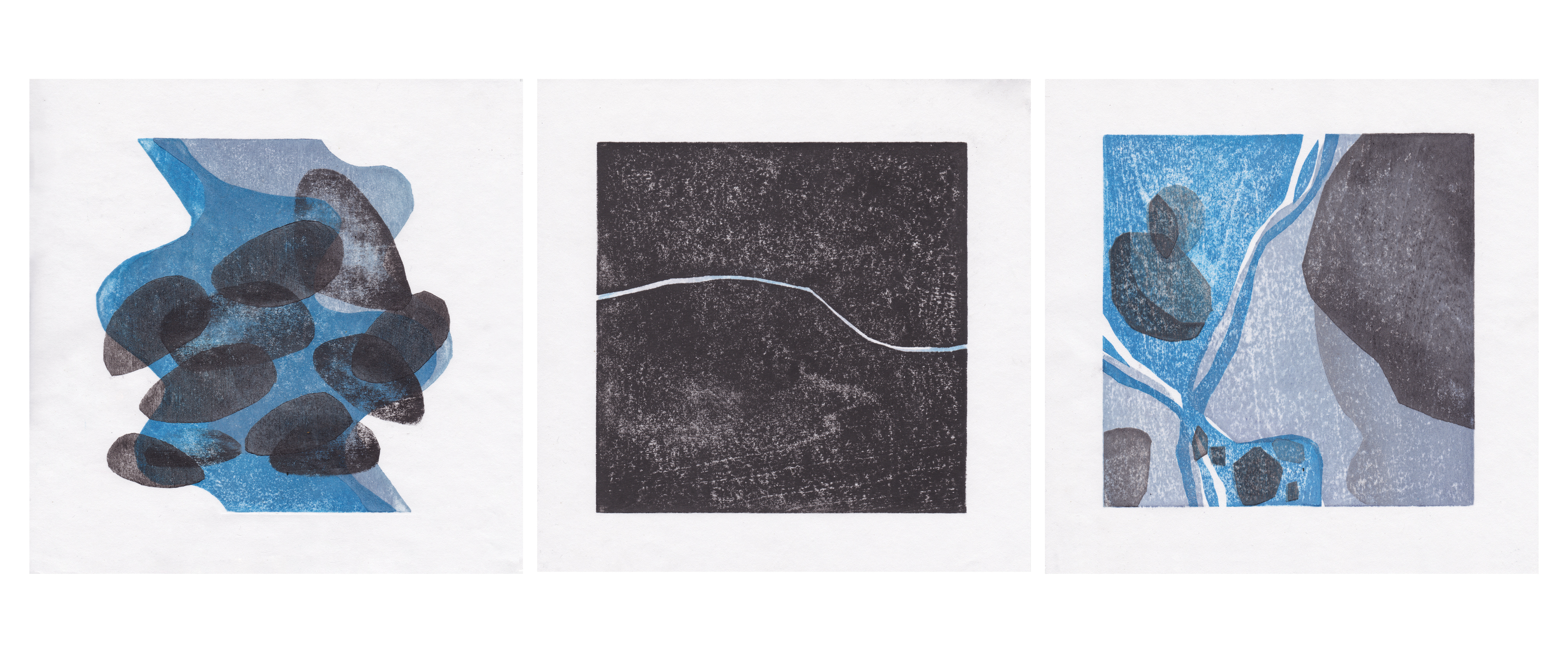
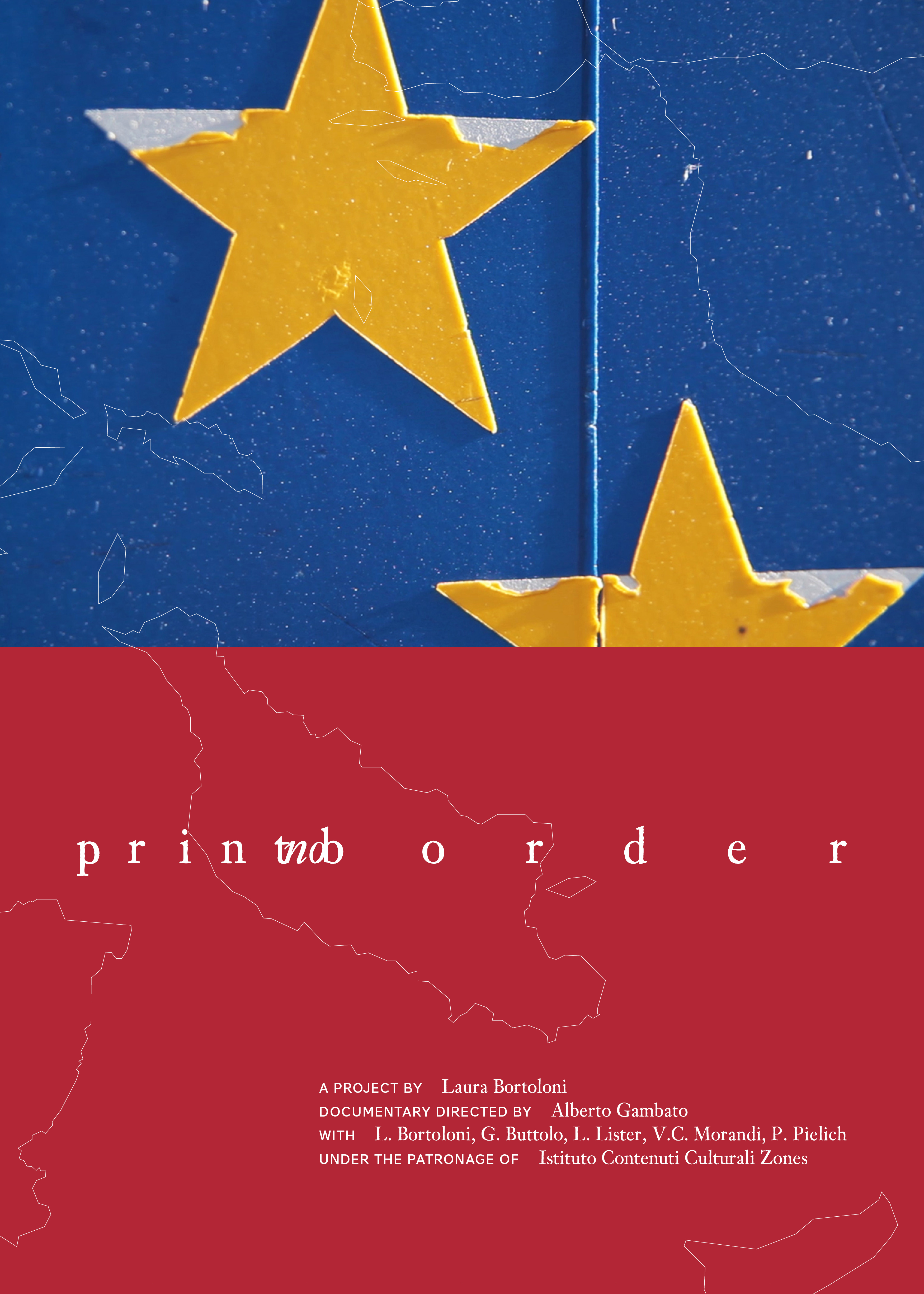
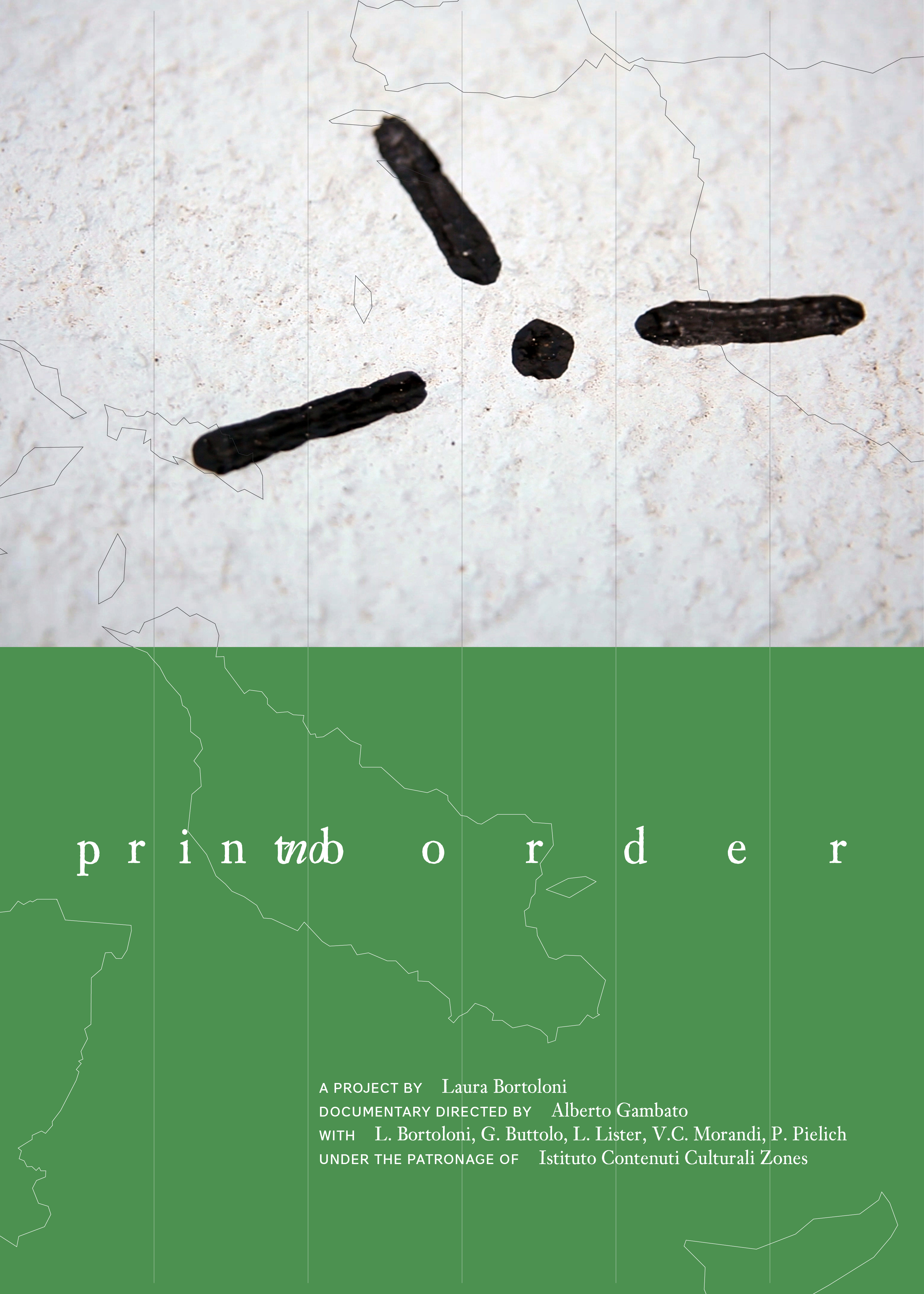
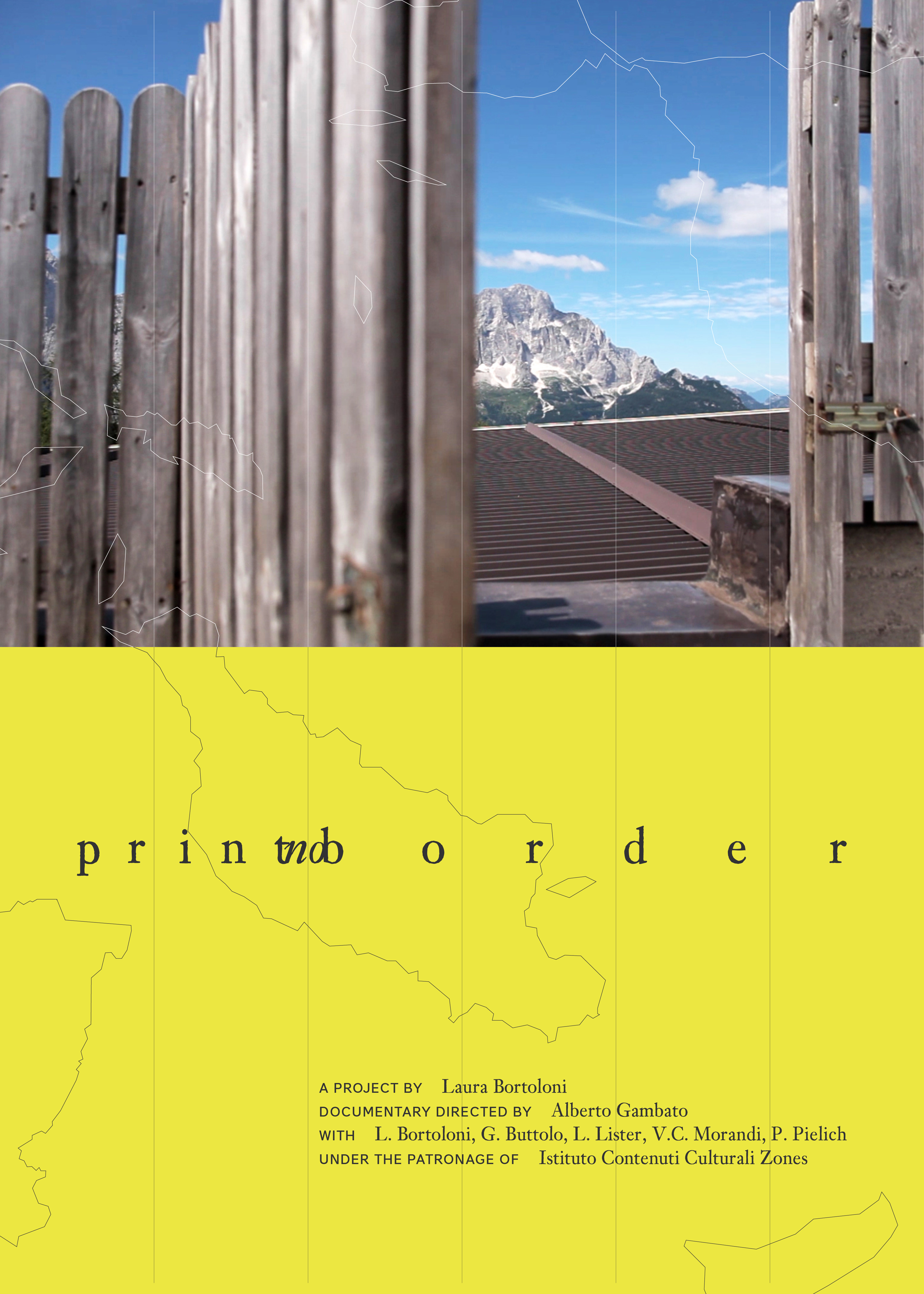
References
Anceschi A. (2021) Il confine orientale Edizioni del Capricorno
Anderson B. (1991) Imagined communities: reflections on the origin and spread of nationalism, London, Verso
Aime M. (2018) ‘Prefazione’ in _Atlante delle frontiere. Muri conflitti, migrazioni _Addeditore
Belpoliti M. (2011), ‘Atlante storico dell’Italia’ [online] Available at https://www.doppiozero.com/dossier/disunita-italiana/atlante-storico-dellitalia (Accessed: 4 June 2022)
Bertin J. (1967) Semiology of Graphics: Diagrams
Carroll L. (1893) _Sylvie and Bruno Concluded _
Garfield S. (2012) On the map. Who the world looks the way it looks Profile books
Ghirri, L. (1973), Atlante [online] Available at https://www.archivioluigighirri.com/artworks/atlas (Accessed: 4 June 2022)
Hashmi Z. (2001) Dividing Line, Home is a foreign place, Atlas of my world [online] Available at https://www.zarina.work/ (Accessed: 4 June 2022)
Ingold T. (2016) Lines, Routledge
Kristof L. K. D. (1959) ‘The Nature of Frontiers and Boundaries’ Annals of the Association of American Geographers, vol. 49, no. 3, Association of American Geographers, Taylor & Francis, Ltd. [online] Available at http://www.jstor.org/stable/2561460 (Accessed: 4 June 2022)
Kugy J. (1931) La mia vita. Nel lavoro, per la musica, sui monti
La Cecla F. (1997) Il malinteso. Antropologia dell’incontro, Laterza
Madotto A. (1982) La Val Resia ed i suoi abitanti, Mariano del Friuli, L’offset
Perondi L., Polenghi A., Turchi D. (2008)_ ‘Cartografia’, Progetto Grafico, 12/13_, AIAP Edizioni
Power V. (2021) ‘Finding Home’ Pressing Matters Magazine, 16
Powers of Ten (1968, 1977) Directed by Charles and Ray Eames [online] Available at https://www.eamesoffice.com/the-work/powers-of-ten (Accessed: 4 June 2022)
Rossi M. (2016) La geografia serve a fare la guerra? Riflessioni interno a una mostra, Fondazione Benetton Studi e Ricerche con Antiga Edizioni, Treviso
Steenwijk H. ‘Il Resiano’ [online] Available at http://www.resianet.org/site/resiano/ (Accessed: 4 June 2022)
Tertrais B., Papin D. (2018) Atlante delle frontiere. Muri conflitti, migrazioni, ADD Editore (2015) L’Atlas des frontières: Murs, conflits, migration